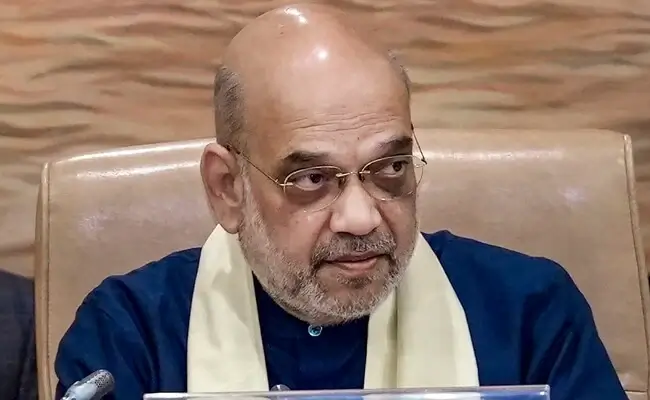
New Delhi – In a recent research report by brokerage firm Bernstein, India is found to lag behind China by a median of 16.5 years across various key business and economic parameters. The study, which examined metrics such as patents, foreign direct investment (FDI), forex reserves, GDP, and exports, highlights the substantial ground India needs to cover to catch up with its Asian neighbor.
Significant Disparities:
- Patents: India is trailing China by a staggering 21 years in terms of patent registrations, reflecting a disparity in innovation and intellectual property.
- FDI: The research reveals that India is 20 years behind China in attracting foreign direct investment, indicating the need for enhanced policies to boost international capital inflow.
- Forex Reserves: India lags behind China by 19 years in building forex reserves, which are crucial for economic stability and crisis management.
- Exports: China outpaces India by 17 years in export volumes, highlighting the gap in global market competitiveness.
- GDP and Per Capita Income: India is trailing China by 15 years in nominal GDP and per capita income figures, indicating differences in economic development and wealth distribution.
- Consumption Expenditure: India is 13 years behind China in terms of consumption expenditure, illustrating variations in consumer spending patterns.
- Gross Fixed Capital Formation: The research also reveals that India lags by 16 years in gross fixed capital formation, reflecting disparities in infrastructure and investment.
The research report emphasizes that India must make significant strides to bridge these gaps to remain competitive on the global stage. Bernstein’s analysis relies on data from several reputable sources, including the Reserve Bank of India (RBI), China’s National Bureau of Statistics, the Ministry of Statistics and Programme Implementation, the World Bank, and the World Intellectual Property Organization.
The report acknowledges that China’s lead over India in these metrics is expected, given that India was the 11th largest economy in the world just a decade ago. However, recent years have seen India ascend to become the world’s fifth-largest economy, surpassing the United Kingdom in nominal GDP.
It’s important to note that GDP figures undergo revisions over time, with the final data emerging after a lag of two to three years. Nevertheless, India’s progress in terms of nominal GDP reflects its economic growth trajectory.
While India has made strides in terms of its GDP size, it remains significantly behind China in per capita income, highlighting the need for continued development efforts.
India has set ambitious goals for its economic growth, aiming to reach a GDP of $10 trillion by 2030. Experts believe that this target is achievable, especially considering the slowdown in China’s economic growth.
In 2022, China’s annual GDP growth slowed to 3% from 8.4% in the previous year, while India continued to grow at a rate of 7%. The geopolitical tensions between the United States and China have also provided India with opportunities, as global companies seek alternatives to Chinese manufacturing.
India boasts a youthful workforce with competitive labor costs, but it faces challenges in matching China’s productivity levels. Additionally, India’s dependence on China for raw materials hinders its manufacturing sector.
To narrow the economic gap with China, India must focus on innovation, attracting foreign investment, building forex reserves, boosting exports, and enhancing infrastructure and investment. Leveraging its growing workforce and low labor costs while addressing productivity issues will be critical.
Moreover, reducing dependency on China for raw materials and strengthening domestic manufacturing capabilities can bolster India’s economic competitiveness.
Ultimately, India’s ability to address these disparities and accelerate its economic growth will determine its success in reducing the 16.5-year gap with China and achieving its ambitious economic goals.









